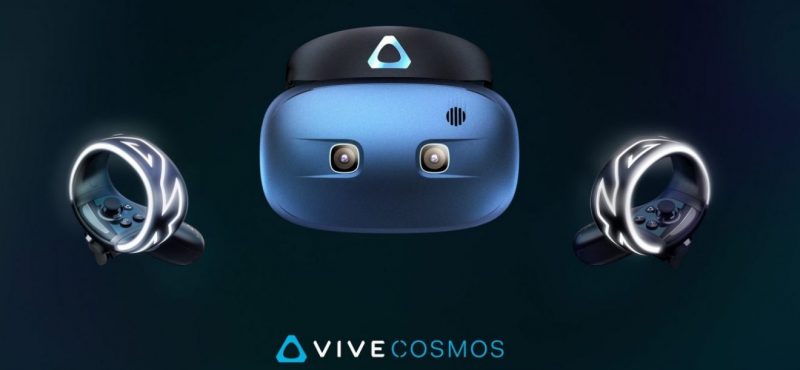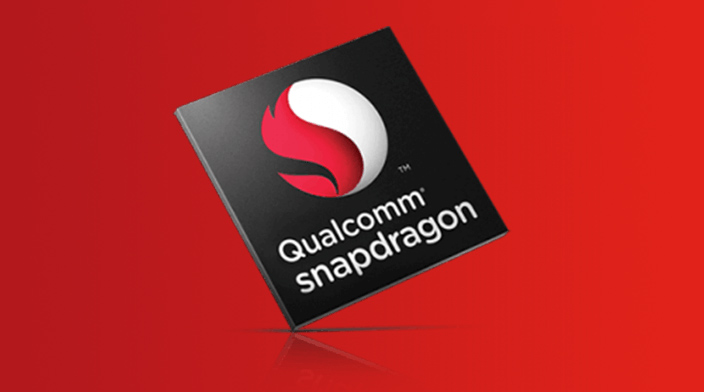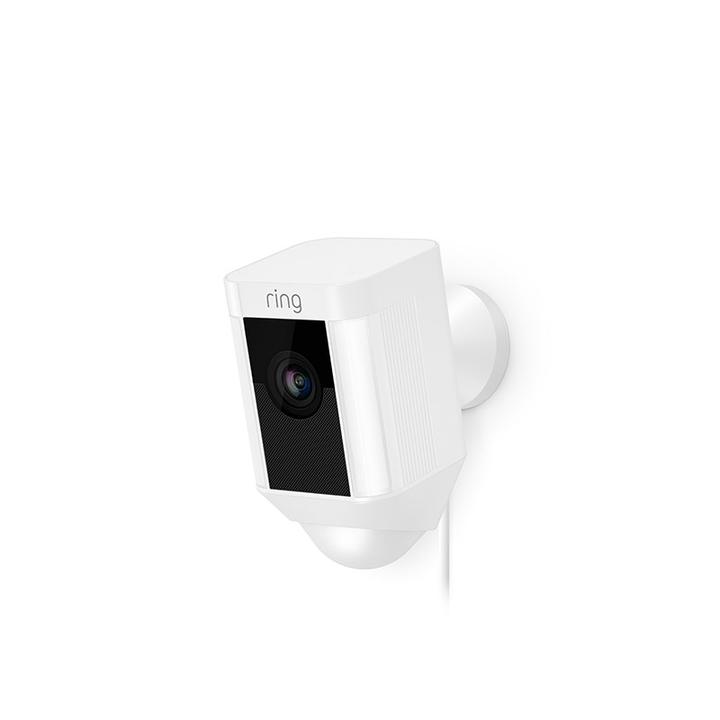Microsoft’s Cortana and Amazon’s Alexa can now communicate and interact with one another. The collaboration between the two virtual assistants was announced in 2017 and was originally planned to be released in the same year. After some delay, it’s now possible to have them talk to each other.
Microsoft showed off how the integration would work at its Build conference earlier in 2018. The feature rolled out on the 15th of August and it seems to be a little different from what was demoed at the conference. Cortana devices (PC, Xbox, the exclusive Harman Kardon speaker) can launch Alexa by saying “Hey Cortana, open Alexa” to switch the user over to Alexa, which allows the user to shop, ask for the weather, and so on.
The opposite interaction on an Alexa to Cortana can be activated by saying “Alexa, open Cortana” which will launch Microsoft’s VA to launch your to-do list, check your calendar, or even check your emails.
Over time, we can expect that improvements will shorten the incantation users must say before interacting with the other device. If an Echo device would simply let you speak directly to Cortana and a Windows PC directly to Alexa without the switch, it’d be a lot more convenient for users without needing to affix the VA’s name.
After all, users need to say the name of the device they want t interacts with anyway- so why bother going through more hoops just to switch.
There have also been rumors that Windows PCs may ship with Alexa support in the near future.
Souce: ArsTechnica
Image: Amazon


















